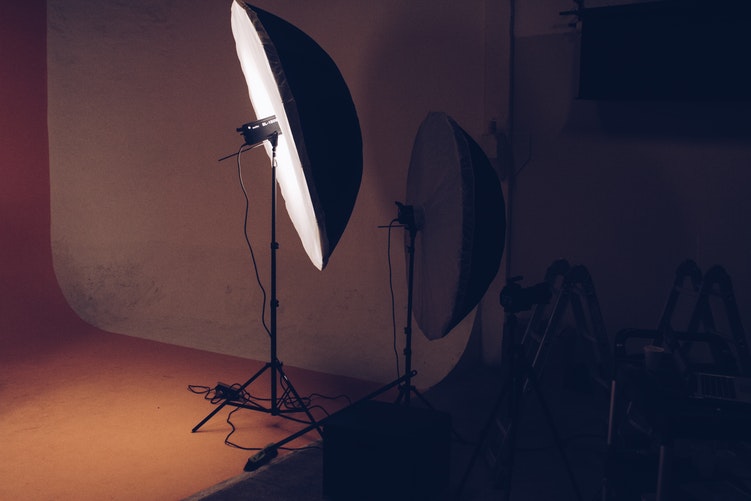The first exhibition in the Museum Sydney, NSW 1855. Lithograph after an 1854 daguerreotype taken by James Gow by F. C. Terry & John Degotardi. National Gallery of Australia in Canberra
The first Australian photography exhibition was held in Sydney in 1848. Visitors climbed the stairs above a wine-and-spirits store to reach the studio of J. W. Newland. W. Newland.
Visitors saw delicate images on silver plates the size of an iPhone or iPad, including “views” from other Pacific ports, such as Peru’s Callao. They also saw “specimens,” which were Indigenous peoples, and “likenesses,” which were celebrities that they only knew about through newspapers. Tahiti’s Queen Pomare 4 was one of the many images. She had been caught in the French-British colonial rivalry.
Newland also offered the opportunity for visitors to have their portraits taken, which would be added to the “two-thirds” of the globe that Newland claimed the daguerreotypes covered.
The Australian Intercolonial Exhibition in Melbourne, 1866
The Intercolonial Exhibit, Melbourne, Australia. Original printed in The Illustrated London News, March. Author provided
The first Intercolonial Exhibition was held in 1866 at the site of Victoria’s State Library. Two purpose-built timber halls, which are still standing today, were filled with goods from ten Australasian colonies. The Australian Monthly Magazine, which is now defunct, gave the hundreds of photos crammed in between the displays a review.
The “wanderer” among the photographic views thought that they showed “the high standards of taste which we as residents of new colonies have arrived at”. The photographs, like the “trophies” made of cans and sweets that were placed in the various exhibition areas, visualised colonial wealth.
The scale and spectacle was everything. Contact prints of many views of colonial architecture were made from 25 x 30-cm glass plate negatives. One multi-panelled Sydney panorama was over one metre long. Stereoscopes were used to allow viewers to peer through binocular lenses and see images from different angles. This created a series of 3D views in Hobart.
Harold Cazneaux, ‘One Man Show,’ Photographic Society of New South Wales Sydney, 1909.
Harold Cazneaux, One Man Show. Photographic Society of New South Wales. Sydney, 1909. National Gallery of Australia. Canberra
The self-conscious artistic style of Pictorialism transformed Australian photography at the turn of 19th century. Harold Cazneaux was one of the emerging figures in this movement. In 1909, he held the first Australian solo exhibition.
The 26 images, including portraits, landscapes, and seascapes as well as harbour scenes, “picturesque” city corners, and other “scenes,” showed “what an energetic photographer can achieve in his lunch break if he has the “seeing eye.”
Cazneaux documented with pride the elegant installation of his exhibition in the Sydney rooms of The Photographic Society of New South Wales. Each print was mounted individually behind a large cardboard mat and elegantly framed. The prints were numbered in reference to a catalogue placed on a table under a vase with flowers. Cazneaux’s show set the standard for countless photographers to follow.
Federal Hotel, Melbourne 1953, Helmut Newton and Wolfgang Sievers’ New Visions in Photography
New Visions in Photography by Helmut Newton and Wolfgang Sievers, Federal Hotel Collins Street, Melbourne 1953. Photograph by Wolfgang Sievers. Photograph by Wolfgang Sievers.
In an introduction wall panel, Wolfgang Sievers & Helmut Newton announced the bold goal of New Visions in Photography in Melbourne’s Collins Street in the year 1953. The aim was to “demonstrate… the potential for industrial and fashion photography in order to better promote and increase sales”.
Both German immigrants embodied an entirely new approach to photography. Sievers’ architectural and industrial studies and Newtons’ fashion images used radical vantages and close-ups, resulting in bold, graphic compositions, all captured in high contrast, black and white. Both images reflected Australia’s rise as a modern country.
The magazine-like display was in keeping with the formal quality of the photos. Instead of framing images in a line, the enlarged, unframed photos were displayed on white pegboard, suspended by fine thread and sometimes at radical angles.



